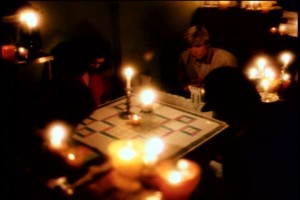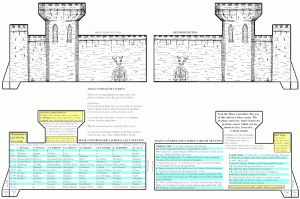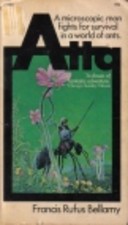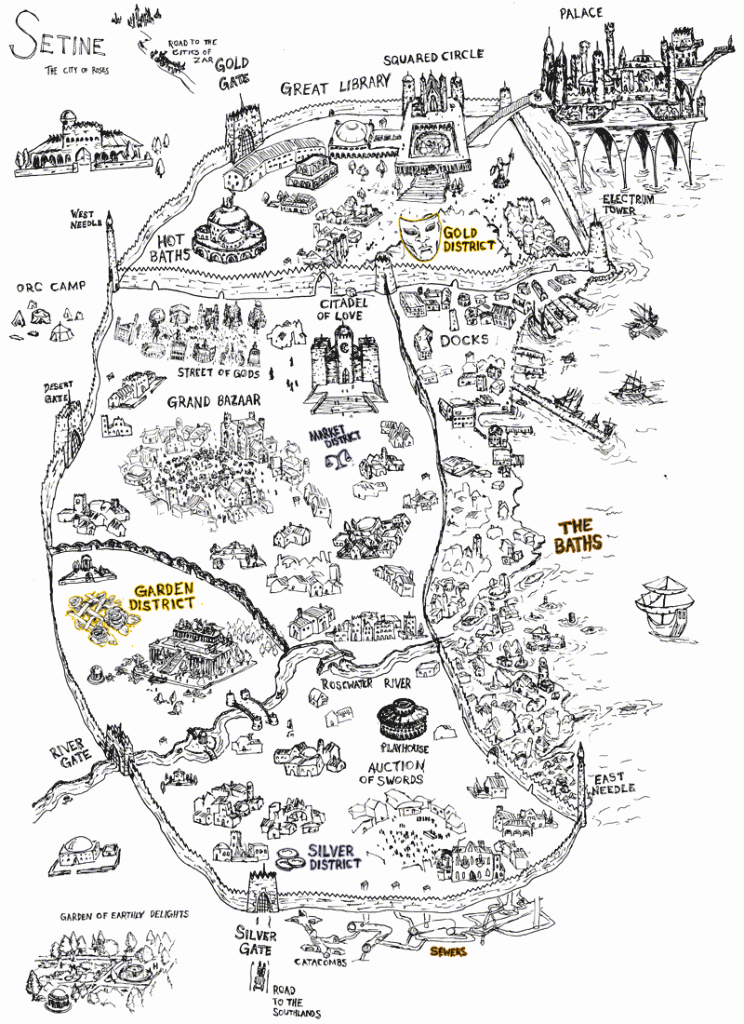
The Magazine of Fantasy and Science Fiction, Oct 1981
I
lost my 1981 issue of the Magazine of Fantasy and Science Fiction, so I can’t make a scan of the bizarre real mystery it contains.
Among the usual contents of the magazine (fantasy and science fiction stories, mostly) was an ad for “unicorn gold”. I don’t remember the ad very well, but I don’t think it was clear about what it was for. I think it was one of those oblique buzz-creating ads, like the spots in the old Strategic Review magazines that just said “The Dragon is coming!!”
The Unicorn Gold ad caught my eye because it had messages written in runic. Because of a childhood misspent playing the Ultima games, I can sort of read runic script. I remember translating the runes – but I’ve now forgotten what they said. I feel like the dad in Indiana Jones and the Last Crusade. “I wrote them down so I wouldn’t have to remember!”
After my copy of the magazine was stolen, I went online to see if I could find any information about the ad. What was it for? Did anyone else remember it? And that’s when things got weird.
It seems that it was part of a promotion for a 1980 Steve Jackson RPG called The Fantasy Trip. One of the RPG products was called “Treasure of the Unicorn Gold”. As part of the advertising campaign, the book was part of a real treasure hunt: a real golden unicorn statue was buried somewhere in the United States. The RPG book contained hidden clues to its location, most of them oblique and many of them in heiroglyphics or other ciphers.
Here’s the thing: the publisher, Metagaming, went out of business before the contest ended. The golden unicorn was never found. The people who buried it have stayed silent about its location.
Here’s a story about a guy who went on a road trip to find the unicorn, and his solution for the puzzles. He didn’t find the unicorn, but he thinks he came close.
The unicorn statue is probably long gone – or, in the midst of Metagaming’s financial troubles, they never buried it at all. That would explain their later silence on the issue. But maybe it’s still buried, and some intrepid puzzle solver will find it some day.
I keep thinking about the ad in my lost copy of the Magazine of Fantasy and Science Fiction. I haven’t been able to find any scans of it online, or mentions of it in the lists of Golden Unicorn clues. What did that runic message say? Was it a clue, like the message on the back of the medallion in Raiders of the Lost Ark that tells searchers to subtract 1 kadam from the measurements given on the front?
There’s a fantasy for you. Maybe there’s a treasure still out there, buried somewhere in the United States, just waiting for someone who can find and read the map.













